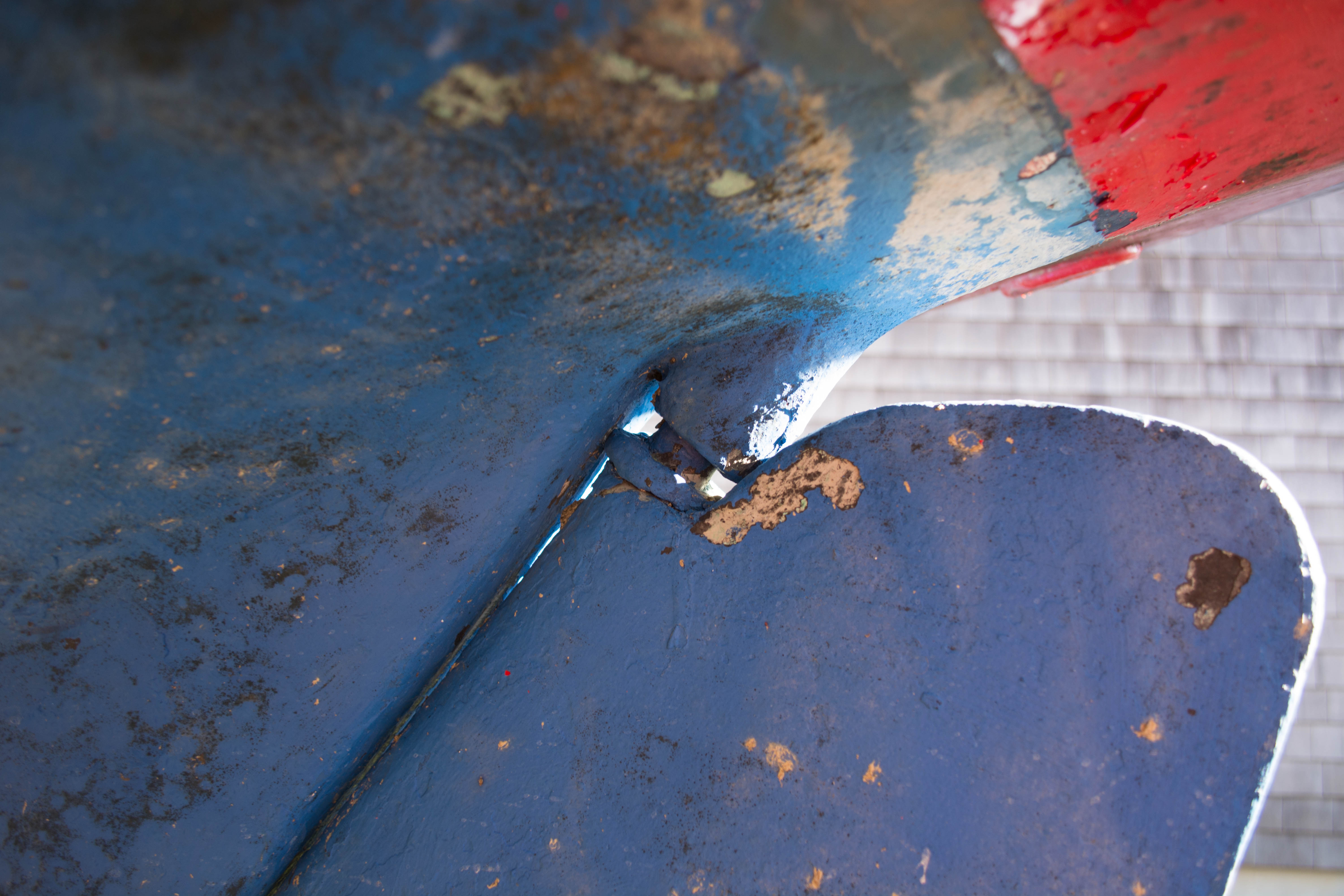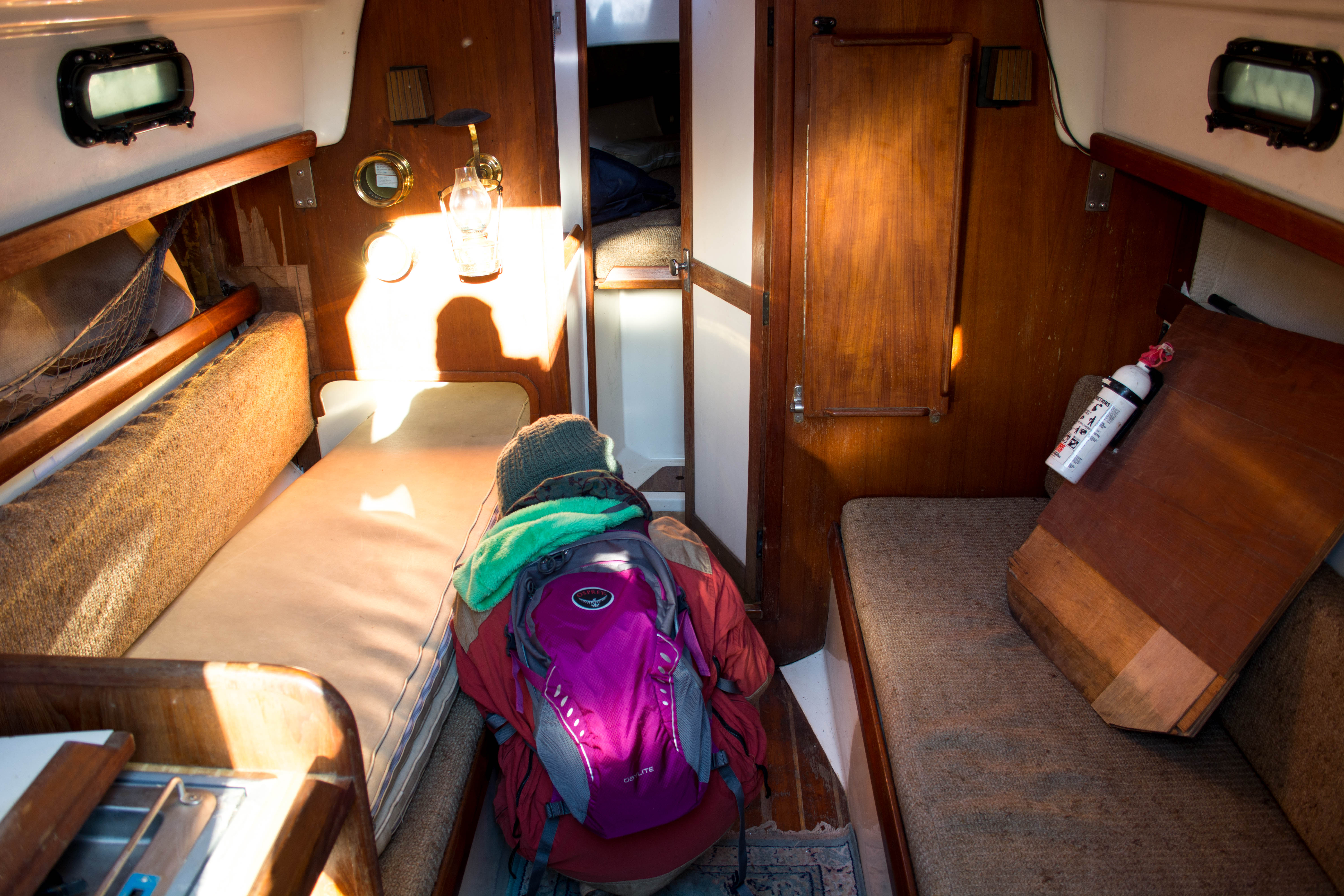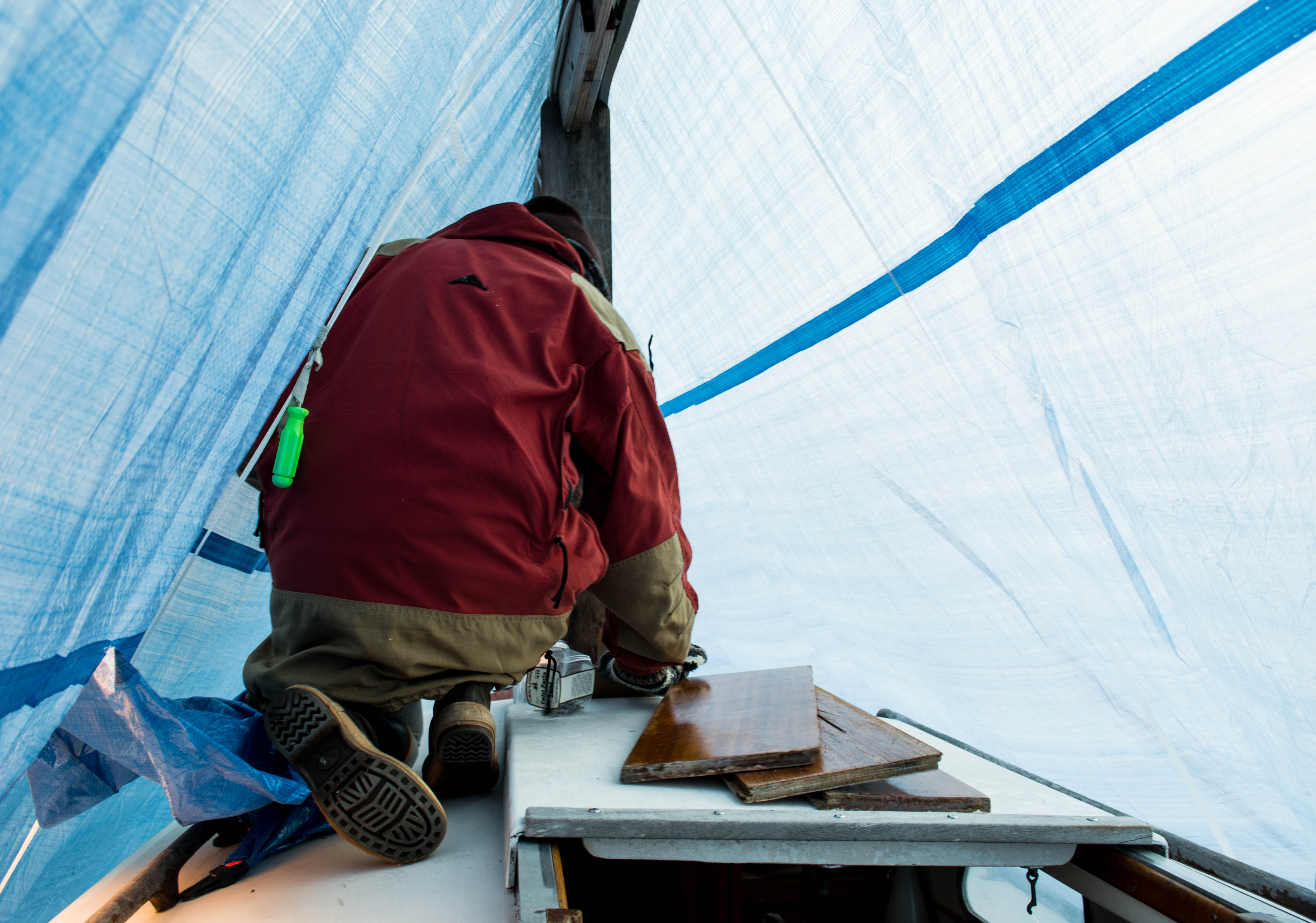 Moving home at the age of 26 had me feeling a bit lonesome as everything in my hometown has remained much of the same, while I’ve changed dramatically. I envy the loners, I really do, but I’m a social creature and always have been. But with my newfound alone time I’ve found something incredible: focus. I’ve saved enough money for my boat, a professional marine survey, and the imminent upgrades it will certainly need right away. I’ve even stashed extra funds away for some travel for travel’s sake before I move aboard in Spring. I’ve studied closely what designs, designers, and builders have created inherently seaworthy vessels, and specifics I need to bear in mind when I examine a potential purchase.
Moving home at the age of 26 had me feeling a bit lonesome as everything in my hometown has remained much of the same, while I’ve changed dramatically. I envy the loners, I really do, but I’m a social creature and always have been. But with my newfound alone time I’ve found something incredible: focus. I’ve saved enough money for my boat, a professional marine survey, and the imminent upgrades it will certainly need right away. I’ve even stashed extra funds away for some travel for travel’s sake before I move aboard in Spring. I’ve studied closely what designs, designers, and builders have created inherently seaworthy vessels, and specifics I need to bear in mind when I examine a potential purchase.  Recently I traveled to New England to look at two boats I was very keen on. They were in my price and size range, and I loved their lines and reputations. Luckily I was able to replace the diamonds in my eyes with concrete and see them for what they really were…
Recently I traveled to New England to look at two boats I was very keen on. They were in my price and size range, and I loved their lines and reputations. Luckily I was able to replace the diamonds in my eyes with concrete and see them for what they really were…
Disclaimer: I am still a beginner and looking to soak up as much information as possible! If you see anything in the photos below that I’ve called wrong, or failed to notice, please leave a comment and let me know your thoughts!
 The Sea Sprite 28
The Sea Sprite 28
Using notes from the book, “Inspecting the Aging Sailboat,” by Don Casey as a guide, I found some issues needing repair that were far beyond my skills.
Her rudder moved easily, the prop as well. Her top sides had lots of little bumps but I likened it to cosmetic only. Her bottom had layers upon layers of paint, easy to remedy with some scraping, sanding and painting. I tapped around the thru-hull fittings and the sounds resonated sharp. I found no overwhelming indication that the hull was in anything other than good shape.


Down below was another story. The boat was out of the water on jack stands, yet still the bilges were filthy and full of water. That meant two things to me, 1) the owner didn’t maintain clean bilges so what else could have been neglected, 2) water was getting into the boat.

I knew going into it that this boat had some issues, as it was advertised as needing “TLC to bring her back to her original glory.” Plus, she was priced nearly 70 percent lower than any of her used sister ships for sale. The hardware on deck that houses the boats’ spinnaker pole is apparently the source of a leak that has caused damage to the bulkhead veneer on the port side of the boat, but with a few pokes of my knife it seemed the damage went deeper than the decorative layer of wood. While I was sounding the cabin floor I also found rot on the port side at the bottom of the head door where the “wall” meets the cabin sole. It was wet, soft, and alarming. I also noticed salt crystals and other signs of leakage high on the hull, which could indicate hull to deck joint leakage, but I’m not sure.
Pretty quickly I realized these issues were beyond my skills for repair and I didn’t bother doing anything other than a light once over on the mast, rigging and deck. 
The owner has only had the boat for a one season, and he didn’t get a survey, nor did he know how old the rigging was, when the last time the hardware was rebedded (something important, especially the chainplates, on the SS 28 according to owners forums). He planned to fix the boat up, but other boats came into his life so this one went up for sale. I don’t doubt his honesty or integrity, and I think the boat is priced fairly. This Seasprite 28 will certainly make a sailor who is a little more suited for the task of refitting very happy.
Another major factor was her sheer size and girth, she seemed like she would be too much work to single hand. The cost of maintaining her inboard diesel engine was the third strike and I had to let this boat go.
I want to outfit, not refit my first sailboat, and I don’t doubt that a boat meticulously maintained by its previous owner is out there for me. In my next post I will go over my findings on the second boat I surveyed in New England, a Bristol 27.













